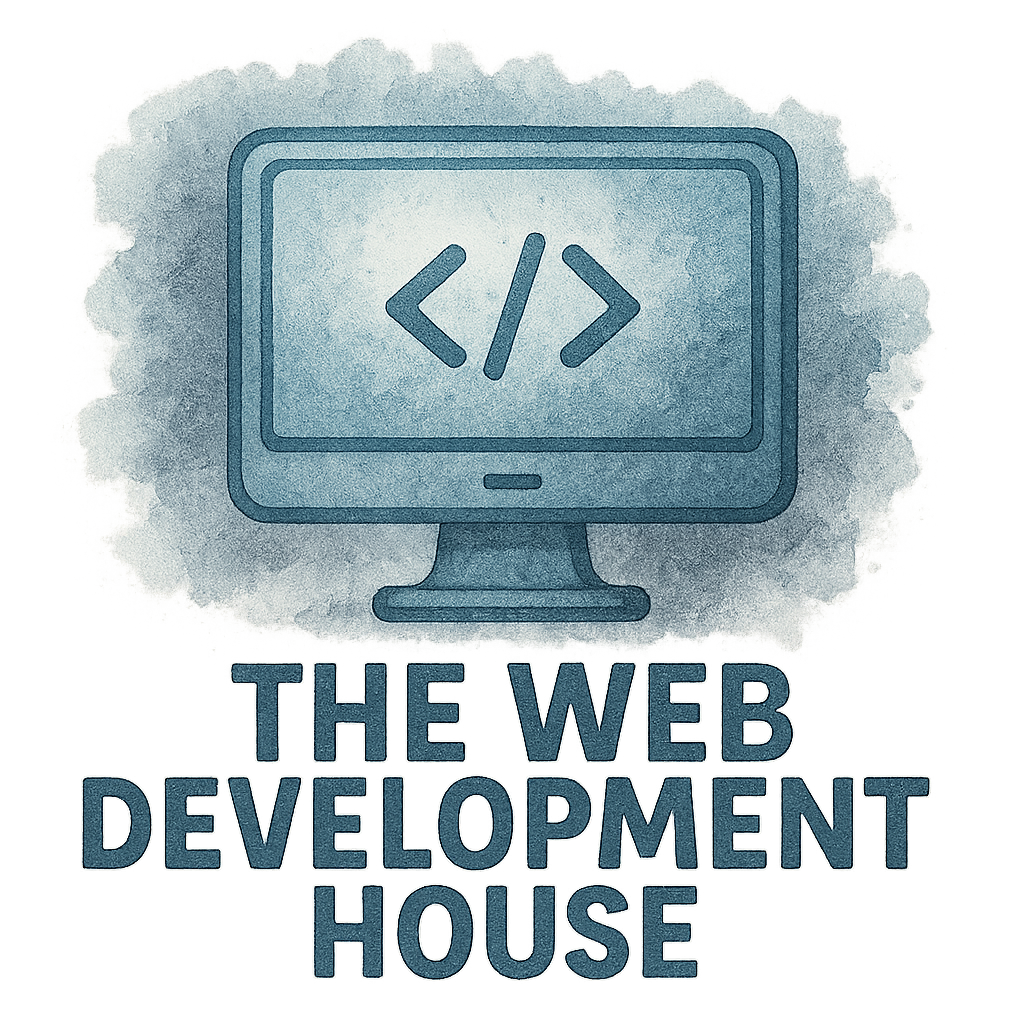Introduction: Why CSS Matters in Web Development
If HTML is the skeleton of a website, CSS is the clothing that gives it personality. Without CSS, the web would look like a stack of boring black-and-white documents. With CSS, you add color, structure, and style. If you’re learning web development, understanding core CSS properties is the easiest way to make your websites look professional from day one.
The Role of CSS in Modern Websites
CSS as the Styling Backbone
CSS—Cascading Style Sheets—controls how every HTML element looks on the page. Whether it’s typography, spacing, or layout, CSS is what transforms raw code into a polished product.
Why Beginners Should Start with CSS
For anyone diving into web development, CSS is the fastest way to see results. Instead of staring at lines of HTML, you’ll immediately make visible changes—colors shift, fonts change, layouts align. That instant feedback makes learning addictive.
Property #1: color
Changing Text Colors
The color property changes text color. For example:
p {
color: blue;
}
Using HEX, RGB, and HSL
You can use HEX (#ff0000), RGB (rgb(255, 0, 0)), or HSL (hsl(0, 100%, 50%)) formats. These give flexibility in choosing exact shades for consistent branding.
Property #2: background
Background Colors vs. Images
The background property is versatile—it allows you to use solid colors, images, or patterns.
body {
background: #f2f2f2;
}
Gradients for Modern Design
Gradients bring depth. You can use linear or radial gradients to make sections more visually appealing without heavy images.
Property #3: font-family
Choosing Web-Safe Fonts
Not all fonts are available on all devices. That’s why you’ll often see a stack like this:
body {
font-family: Arial, Helvetica, sans-serif;
}
Custom Fonts with Google Fonts
Web developers often use Google Fonts for branding and personality. It’s free, easy, and works seamlessly with CSS.
Property #4: font-size
Pixels vs. Relative Units (em, rem)
Using pixels locks your design, but using em and rem makes your site scalable and accessible.
Responsive Typography Best Practices
Combine font-size with media queries for responsive text that adapts to all devices.
Property #5: margin
Creating Space Around Elements
Margins create the space between elements. Without margins, everything looks crammed together.
Margin Shorthand Explained
Instead of writing all four sides separately, you can use shorthand:

margin: 10px 20px 30px 40px;
Property #6: padding
Difference Between Margin and Padding
Margin is outside the element, padding is inside. Think of it as the space between your coffee cup and its sleeve.
Real-World Example of Padding
Buttons use padding to look clickable and spacious, improving UI/UX design.
Property #7: border
Styling Borders
Borders can be dotted, dashed, solid, or none at all. They’re useful for separating sections or emphasizing input fields.
Rounded Corners with border-radius
Want smooth edges? Use border-radius. That’s how modern buttons and cards get their sleek look.
Property #8: width and height
Fixed vs. Flexible Dimensions
Fixed sizes give you control, but flexible units like percentages or auto are better for responsive design.
Making Layouts Responsive
Combine width, height, and media queries to create mobile-friendly layouts—a must for mobile development.
Property #9: display
Block vs. Inline vs. Inline-Block
Understanding how elements are displayed helps you control layouts. Inline is for text-like elements, while block elements take full width.
Flexbox and Grid Basics
Modern developers rely on display: flex and display: grid for powerful, flexible layouts. They simplify what used to take dozens of hacks.
Property #10: position
Static, Relative, Absolute, Fixed, and Sticky
Positioning controls where elements appear. Sticky headers, floating buttons, and overlays all rely on this property.
Real-Life Use Cases of Positioning
Think about pop-ups or sticky navigation bars. Without position, those wouldn’t exist.
Extra CSS Properties Worth Knowing
z-index for Layering
z-index decides what sits on top. Perfect for modals and dropdowns.
overflow for Content Control
Controls what happens when content spills over its container—whether it scrolls, hides, or overflows.
Best Practices for Learning CSS
Practice with Real Projects
Theory is useless without practice. Start with simple projects like landing pages, then scale up.
Stay Updated with Trends
Follow best practices in CSS and modern design. Trends evolve, and keeping up ensures your skills stay relevant.
How CSS Connects to UI/UX Design
Enhancing User Experience with Styling
Good CSS isn’t just pretty—it’s functional. Readability, accessibility, and usability all depend on proper styling.
Linking Design to Functionality
Great company culture and collaboration between designers and developers often result in seamless UI/UX.
Tools and Resources to Master CSS
Online Sandboxes (CodePen, JSFiddle)
These tools let you test CSS quickly without setting up a project.
Documentation and Communities
Explore CSS documentation and join dev communities like Stack Overflow or development house forums to learn from others.
Conclusion: CSS as Your Gateway to Web Development
Mastering CSS is like learning the alphabet of web design. Once you understand these 10 must-know properties, you can style websites with confidence. Whether you’re working on web development projects or exploring startups, CSS will always be at the core. It’s your first real step into creating websites that don’t just work but look and feel amazing.
FAQs
- What are the most important CSS properties to learn first?
Start withcolor,background,font-family,margin,padding, anddisplay. - Is CSS hard to learn for beginners?
Not at all! It’s one of the easiest coding languages because you see instant results. - What’s the difference between margin and padding?
Margin is outside the element, padding is inside. - Do I need to learn Flexbox and Grid right away?
Yes, they’re modern standards and will save you hours of frustration. - Can CSS improve website performance?
Absolutely. Clean CSS reduces load time and improves user experience. - How does CSS relate to UI/UX design?
CSS directly affects how users interact with your site—fonts, colors, spacing all play a role. - Where can I practice CSS for free?
Try CodePen, JSFiddle, or build your own small projects to practice consistently.

